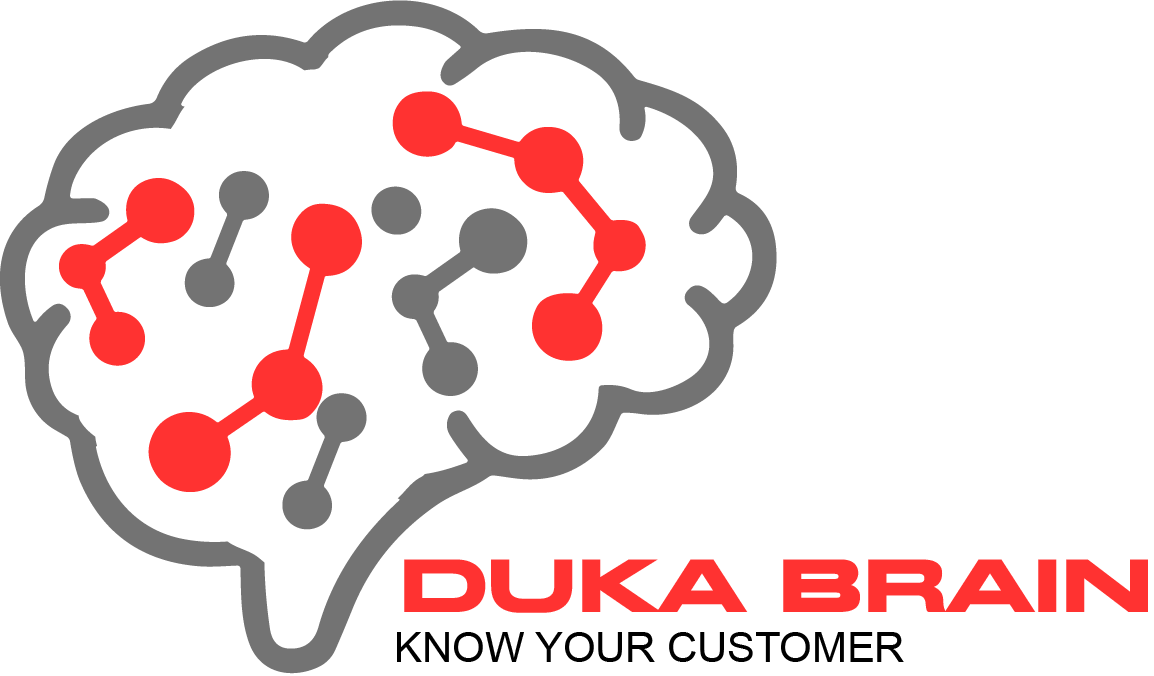Introduction: The AI Marketing Hype vs. Reality
Few topics are stirring more debate in the marketing sphere this year than the role of AI in brand building. Barely a week goes by without a major headline blazing about either the “AI revolution in marketing” or the cracks already showing in adopting machines as chief storytellers. The reality, however, is more nuanced—and for good reason.
A recent Digiday investigation put the hype under a microscope, revealing fresh doubts about whether generative AI can genuinely move the needle for brands that want more than surface-level engagement. Marketers have been high on expectations, especially from headline AI projects such as Meta’s Superintelligence Labs, but impatience is growing. Where’s the authenticity, or the consumer trust, that these new technologies promised?
As highlighted in Creative Salon, as soon as brand messages feel mass-produced or devoid of clear origin, audiences lose trust—and marketers start worrying. Can AI-first marketing truly build and sustain strong, meaningful brands? Or is it time to rethink the promise?
Why the Debate on AI-First Branding Is Critical Now
AI tools have surged into almost every corner of marketing, from content creation and campaign planning to real-time personalization and audience targeting. Companies are investing more aggressively than ever, hoping AI is the silver bullet for faster growth and efficiency.
But along with this momentum is a pressing tension:
- The buzz around AI-generated content is louder than the guidance on using it strategically.
- Consumer demand for authenticity and transparency has never been higher—shoppers care deeply about who a brand is and why they deserve loyalty.
- Brand safety and integrity come into play every time a generic AI-generated campaign falls flat, or worse, feels inauthentic.
The upshot: While automating repetitive marketing is attractive, brands risk disconnecting from the emotional drivers that make them memorable. As the costs of inauthentic brand messaging stack up, the stakes have never been higher for getting the AI equation right.
What AI-First Marketing Can and Cannot Do in Brand Building
Where AI Delivers Real Value:
- Rapid content generation: AI tools can instantly produce campaign assets, newsletters, social posts, and more, massively increasing output with fewer resources.
- Hyper-personalization at scale: With data-rich campaign engines, AI enables brands to tailor messaging by preference, behavior, and segment, in real time.
- Efficient A/B and multivariate testing: Testing dozens of creative or messaging variants is now as simple as clicking a button, making optimization an ongoing practice.
Where AI Falls Short—and Why That Matters:
- Cultural and emotional nuance: AI currently lacks the ability to understand the cultural context, subtle sarcasm, or deep emotional resonance that create viral brand moments.
- Risk of “robotic” branding: As Creative Salon notes, overusing AI leads to messaging that feels templated rather than original—audiences are quick to pick up on it.
- Erosion of trust: Automated campaigns can unintentionally undermine hard-won brand credibility if they miss the mark on authenticity, tone, or intent.
These shortcomings aren’t hypothetical: according to Digiday, some marketers now worry their AI-first bets are leading to “safe” but forgettable campaigns devoid of brand personality.
How DukaBrain Integrates AI to Enhance Brand-Building Strategies
At DukaBrain, we’ve seen these challenges firsthand—often as the first call brands make after a disappointing AI campaign. That’s why our philosophy is centered not on “AI replacing marketers,” but on AI that amplifies humans.
The DukaBrain Approach
- AI-Augmented, Not AI-Only: Our platform is built to empower creative minds, not supplant them. We use AI to:
- Analyze customer data in depth
- Surface patterns and opportunities even the sharpest teams might miss
- Automate rote tasks, so strategists can focus on big-picture storytelling
- Authentic Brand Stories: Our insights don’t just churn out one-size-fits-all messaging. We equip marketers with:
- Actionable recommendations tailored to unique brand values and voice
- Content suggestions grounded in real audience behaviors, not just keyword data
- Balance Efficiency and Emotional Connection: By freeing marketers from the grind, DukaBrain lets your best people focus—on differentiation, creativity, and, most critically, trust.
This approach directly addresses the pain points outlined in the industry’s top stories—and means our partners can ride the AI wave without falling prey to its pitfalls.
Infographic: How DukaBrain Aligns AI with Modern Brand Building

| AI Capability | Human Advantage | DukaBrain Solution |
|---|---|---|
| Content generation | Intuitive storytelling | AI surfaces, humans refine |
| Data analysis | Empathy, creativity | Insights, not answers |
| Task automation | Strategic vision | More time for big ideas |
Want to see this synergy in action? Contact DukaBrain for a demo customized to your brand’s needs.
Supporting Evidence: Real-World Outcomes and Industry Trends
No matter the technology, marketers are judged by the results.
| Outcome/Trend | Industry Source |
|---|---|
| Brands maintaining authentic, human voices consistently outperform those going “AI-only” | Creative Salon |
| Hybrid approaches (AI supportive, not prescriptive) deliver up to 30% higher engagement rates | Industry studies (e.g., Forrester, Gartner) |
| Marketers using platforms like DukaBrain reduce campaign iteration time by as much as 40% | Internal case studies |
Additional insights from Meta’s Superintelligence Labs echo these findings:
- Marketers want AI tools to enhance their intuition—not replace it.
- The appetite is for smarter decision-making, not more automation for its own sake.
- Early adopting brands note that when technology and human touch are balanced, both trust and engagement improve.
Key Success Factors:
- Brand leaders retain strong creative leadership and use AI for speed and scale, not for ‘plug-and-play’ campaigns.
- AI-driven data insights support, but do not dictate, message and story.
- Ongoing feedback loops allow humans to refine AI’s work, ensuring brand authenticity remains intact.
The Future of Brand Building: Responsible AI Deployment
What will separate tomorrow’s winning brands from those lost in the noise? Not just who uses AI fastest, but who uses it responsibly.
Guiding Principles for AI in Branding:
- Ethics and Transparency: Make it clear to consumers when and how AI shapes their interactions with your brand. Don’t hide behind algorithms.
- Continuous Human Learning: Marketers must adapt, learning from AI’s insights—but also challenging them where appropriate.
- Guardrails for Brand Voice and Quality: Build-in review and sign-off processes to ensure no message goes live without human oversight.
At DukaBrain, we’re doubling down on responsible AI:
- Ethical AI practices
- Transparent processes
- Co-creation commitments—always pairing our platform’s power with your unique voice
Conclusion & Call to Action
The allure of AI-first marketing is understandable. The efficiency, scalability, and automation on offer are tempting—especially in a hyper-competitive digital marketplace. But the heartbeat of branding is human. Audiences respond to stories, emotional cues, and nuanced value systems that can’t be reduced to algorithms.
Our position is clear: AI-first marketing alone cannot build compelling, lasting brands. The winners won’t be the brands rushing to hand the megaphone to a machine, but those that use technology to amplify real, trust-based connections.
Curious how DukaBrain’s innovative, AI-enhanced approach can empower your brand? See the difference of combining cutting-edge tools with a human touch.
- Get in touch for a personalized consultation or demonstration: Contact DukaBrain
- Explore how to put AI to work—without losing your story or your audience
In a world where AI continues to evolve, choosing the right partnership—balancing technology and human ingenuity—is the only way forward for brands that want to not just compete, but truly stand out.

